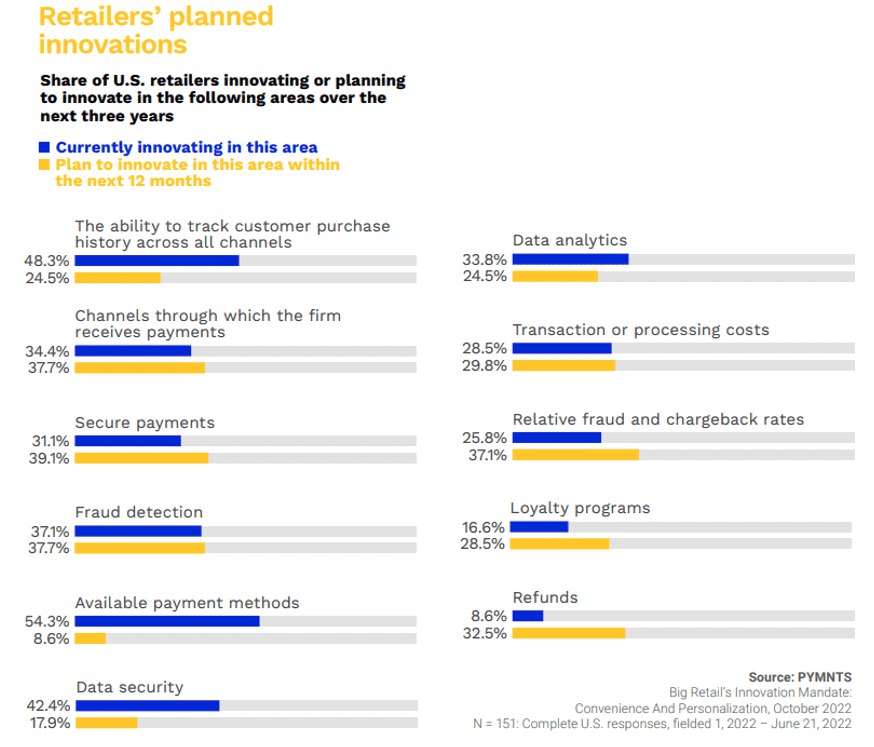Merchants Target Products, Not People, With in-Store Security Measures
Tracking items instead of people is gaining steam with some retailers, but the strategy may not work for most products.
As reported by The Wall Street Journal (WSJ) March 28, some clothing and accessories merchants are rethinking their in-store inventory systems. Navigating both security and supply chain management as more online purchases are fulfilled in-store, retailers such as Zara, American Eagle Outfitters and Nordstrom are broadening their use of radio-frequency identification (RFID) chips.
Once mainly limited to shipping logistics tracking, RFID chips are now being embedded in security and price tags to track individual items. For some large retailers, the technology has come far enough (and far enough down in price) that it makes sense to implement the technology tool.
However, these retailers are far from the first to use RFID technology. That crown may go to Macy’s, which has been using RFID on individual merchandise as a security measure since 2013. Often in the form of stickers with a metallic RFID-enabled overlay attached to an item, the chip collects data when going through exits equipped with sensors. This allows Macy’s staff to access video footage to determine who took the tagged item and where it went.
These individual-level uses for RFID technology may fast become a more significant part of security and supply chain management in the future. However, this innovation may not be the most practical for many retailers surveyed in “Big Retail’s Innovation Mandate: Convenience and Personalization,” a PYMNTS and ACI Worldwide collaboration.

One-size-fits-all clothing rarely fits anyone correctly. Similarly, any one in-store security measure can’t satisfy the needs of the 37% of retailers investing in fraud detection and additional 38% planning to do so within 12 months of being surveyed. Given this, RFID technology as part of an in-store security measure may become part of a retailers’ larger stable of security options.
Other options may include biometric authentication, although that has been established as not-entirely foolproof on its own and may best be coupled with other security tools. And going truly back to (friction-filled) basics, some retailers are locking away products.
At some point, RFID technology tied to individual items may become a mainstay across the large brick-and-mortar retail sector. Implemented alongside more commonly used current security efforts, retailers may be in a stronger position to combat in-store fraud.

